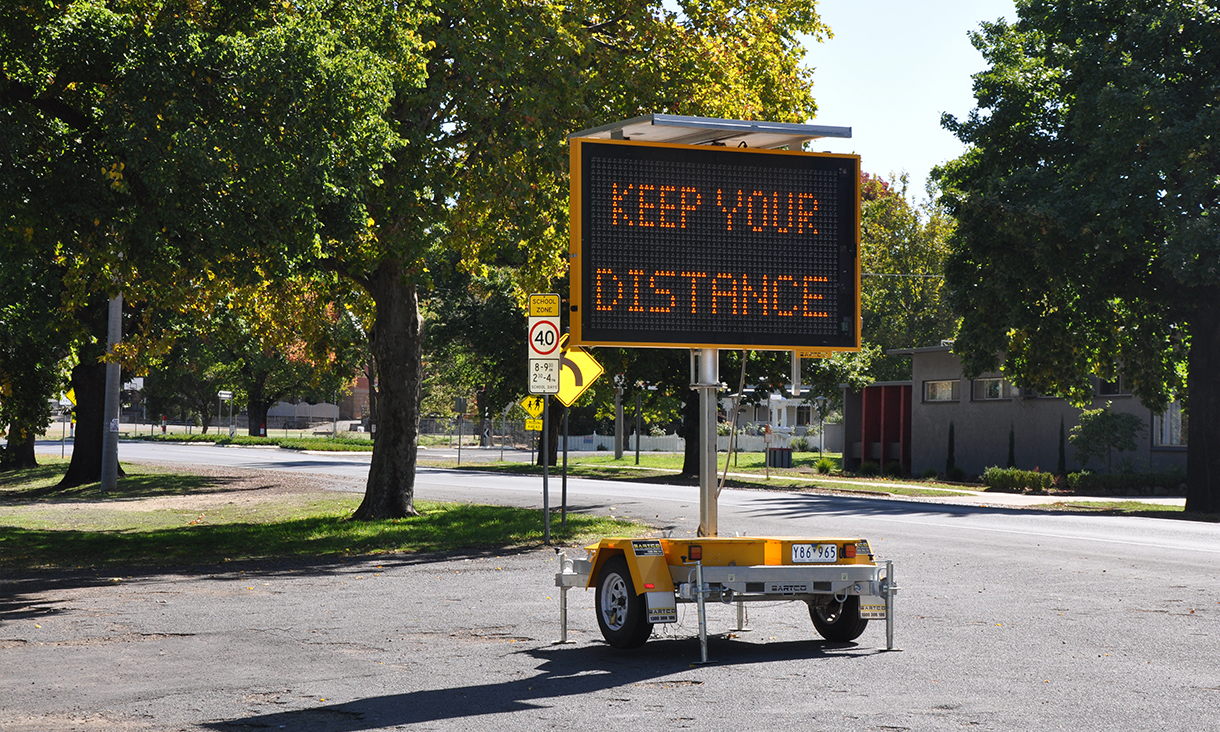Future U exhibition examines humans’ place in world of advanced tech
The meaning of being human in the 21st century and beyond is explored in RMIT Gallery’s latest exhibition, Future U until 23 October.
RMIT celebrates return of cultural activities and events
A rich program of cultural events and activities is on offer at RMIT’s venues with The Capitol and RMIT Gallery reopening this month and creative residencies once again resuming at McCraith House.
Art in lockdown: Student curators take gallery online
Students have taken the reins for RMIT Gallery’s latest exhibition, curating an entirely online experience that explores creativity, inspiration and identity through a year of social isolation.
The new (ab)normal: Artists respond to COVID-19
From creating art in a high-rise dwelling to managing social isolation, RMIT Gallery’s first online exhibition provides a glimpse into how artists are responding to their circumstances under COVID-19.





